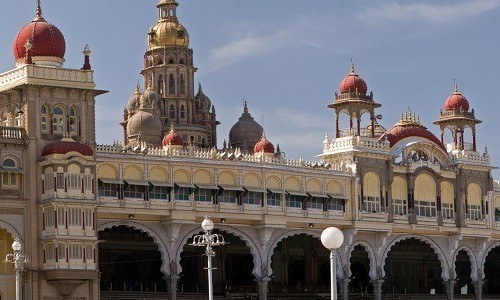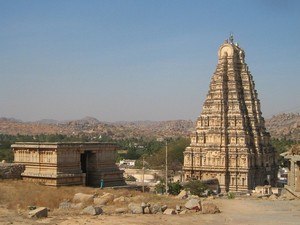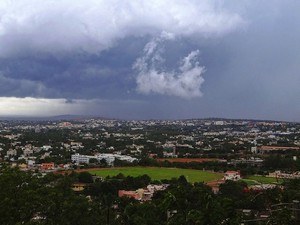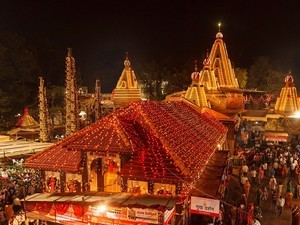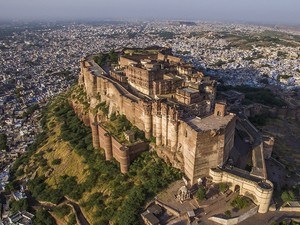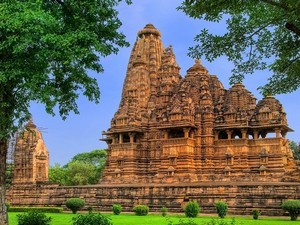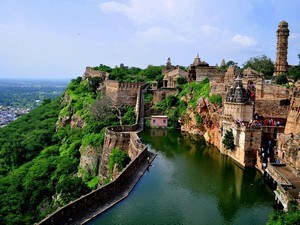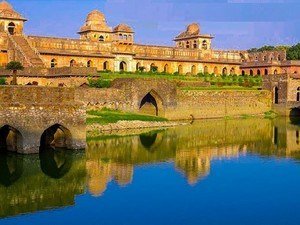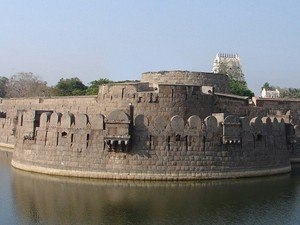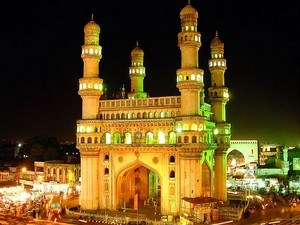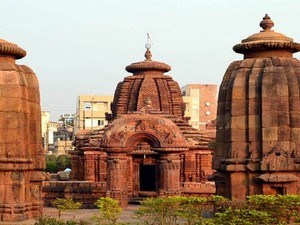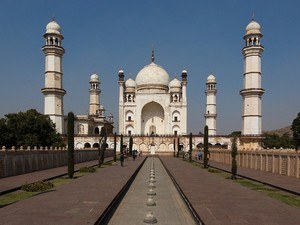BIJAPUR TOURISM | GOL GUMBAZ & PLACES TO VISIT & TRAVEL GUIDE TO BIJAPUR
![]() Heritage
Heritage
About Bijapur
 #100 of 35 Places to visit in Karnataka
#100 of 35 Places to visit in Karnataka
 Ideal Trip Duration: 2 Full Days
Ideal Trip Duration: 2 Full Days
 Nearest City to Bijapur: Hubli (198 Kms)
Nearest City to Bijapur: Hubli (198 Kms)
 Best Time to Visit Bijapur: Not Available
Best Time to Visit Bijapur: Not Available
 Peak Season: Not Available
Peak Season: Not Available
At a distance of 100 km from Solapur, 147 km from Kalaburgi, 176 km form Kolhapur, 197 km from Hubli, 216 km from Belgavi, 262 km from Bidar, 334 km from Goa, 351 km from Pune, 355 km from Hyderabad, 513 km from Mumbai, and 520 km from Bangalore, Bijapur, officially Vijayapura, is a city located in the South Indian state of Karnataka. It is the headquarters of Bijapur district, and among the most famous heritage places to visit as part of Karnataka tour packages.
Bijapur is recognized as one of the most significant heritage sites in Karnataka, and ranks among the ten most populous cities in the state. Often referred to as the 'Agra of South India', Bijapur is renowned for its remarkable examples of ancient architectural grandeur. As the opulent capital of the Adil Shahi dynasty, Bijapur has played a crucial role in the rich history of Karnataka. The city is home to India's largest dome, the Gol Gumbaz, along with numerous other monuments and remnants of forts. Additionally, it is well-known for the Karnataka Premier League team, the Bijapur Bulls.
The establishment of the city dates back to the 10th and 11th centuries during the era of the Kalyani Chalukyas, originally named Vijayapura, meaning 'city of victory'. Following the decline of the Chalukyas, the city came under the control of the Yadavas. By the late 13th century, Bijapur fell under the influence of Alauddin Khalji of Delhi and subsequently became part of the Bahmani Sultanate in 1347. After the split of the Bahmani Sultanate, the Adil Shahis governed the Bijapur Sultanate from 1490 until 1686. During this period, Vijayapura flourished as a cultural hub, attracting musicians, artists, and scholars from diverse regions, including Persia and Arabia.
The Adil Shahi rule concluded when Mughal Emperor Aurangzeb launched an attack in 1687, leading to Mughal control until 1723. In 1724, Bijapur came under the Nizam's authority, followed by the Marathas in 1760, and ultimately fell into the hands of the British East India Company in 1818, becoming part of the Maratha princely state of Satara. Following India's independence, Bijapur was incorporated into the state of Karnataka on November 1, 1956, during the reorganization of states, and was officially renamed 'Vijayapura' in 2014.
Bijapur, a city rich in heritage and history, is renowned for its stunning mosques, mausoleums, palaces, and fortifications. As you stroll through its ancient streets, you will be captivated by its architectural marvels and vibrant culture, allowing you to experience the grandeur of a bygone era. The Gol Gumbaz, an iconic mausoleum constructed by Sultan Mohammed Adil Shah, stands out as the most prominent monument in the city. Other notable places to visit in Bijapur include Ibrahim Rauza, Bijapur Fort, the Citadel, Jama Masjid, Malik-e-Maidan, Gagan Mahal, and Asar Mahal. Additionally, nearby attractions such as Almatti Dam, Vijayapura District Forest, Kudala Sangama, and Krishna Heritage Park are worth exploring.
The closest airport is located in Gulbarga, approximately 174 km from Vijayapura, with well-connected flights from Bangalore, Mumbai, Hyderabad, Pune, and Indore. Bijapur is served by its own railway station, providing train services to various cities including Bangalore, Hyderabad, Hubli, Mysore, Shirdi, Pune, Bikaner, Mangalore, Shimoga, Goa, Varanasi, Solapur, Mumbai, Delhi, and Hosapete. The city is also well-connected by road to nearly all major cities in Karnataka, as well as Hyderabad, Pune, Satara, Goa, and Mumbai.
The optimal time to visit Bijapur is during the winter months, from October to February, when the weather is most pleasant, and suitable for sightseeing. While the monsoon season is also a possibility for travel, it may interfere with your plans due to rainfall. The summer months, from March to June, can be extremely hot, making it advisable to avoid scheduling your visit during this period.
None














